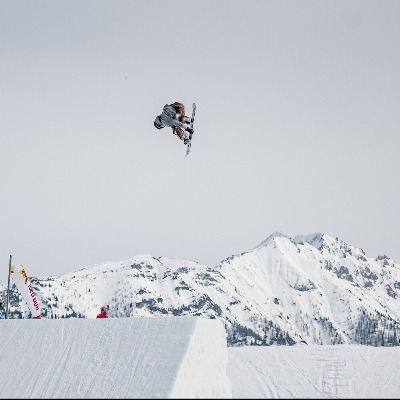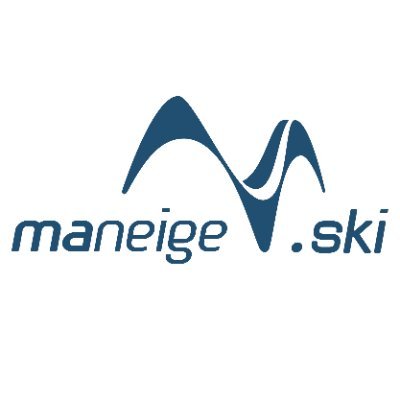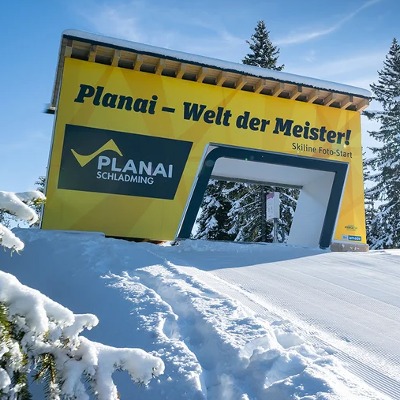Annual, Large-Scale, Cross-Valley Rescue Exercise Takes Place In Snow Space Salzburg

The annual, large-scale, cross-valley rescue exercise has taken place in Snow Space Salzburg to ensure that in the event of an emergency, a quick and professional rescue is guaranteed under the highest safety standards.
This year's exercise was carried out on one of the newest gondola lifts in Snow Space Salzburg, the Flying Mozart in Wagrain. This system is so modern that it offers the highest level of control and information in an emergency. In addition to the conventional announcements on the cable car supports, there are specific, multilingual announcements directly in the cabins, which provide guests with continuous information and reassurance in emergency situations. Even in the event of a power failure, communication is maintained thanks to the emergency power supply. In addition, occupancy sensors in each gondola record precisely how many people are in each section of the cable car and a camera provides live still images from the cabins, which enables an even more efficient evacuation sequence in an emergency - giving priority to children or elderly people. The temperature can also be monitored for each individual cabin. This information is particularly important during the hot summer months.
Wolfgang HETTEGGER, CEO of Snow Space Salzburg Bergbahnen AG, emphasized the importance of such exercises: "Our cable cars have a high level of safety precautions and emergency drives that guarantee the safe transport of guests. Nevertheless, it is important that we are always prepared for emergencies. The regular exercises not only sharpen the skills of our team, but also improve cooperation with the rescue organizations."
This year, the mountain rescue teams from Flachau, St. Johann and Altenmarkt as well as the volunteer fire departments in the region were also involved in the rescue exercise. They also received support from Heli Austria, the Alpine Police and the Red Cross.
Harald PFEIFENBERGER, overall operations manager and operations manager in Flachau, also emphasized the importance of regular training: "A smooth evacuation under difficult conditions requires close cooperation with the rescue services. Such exercises help us to refine the procedures and ensure that everything works perfectly in an emergency."
The rescue teams were transported to the impassable terrain by helicopter, which flew them to the affected cable car supports as quickly as possible. The rescue teams climbed onto the supports and used a special cable car to get to the cabins along the cable. The rescue workers abseiled down to the cabins and began evacuating the passengers. Each passenger was abseiled down individually. The passengers were met on the ground by the ground crews. The mountain rescue team then organized transport from the alpine terrain to the assembly point. There, each passenger was registered and looked after by the Red Cross if necessary. A total of 215 people took part in the exercise, which was safely completed within two hours. That is significantly faster than the official time of three and a half hours.
At the end of the exercise, Wolfgang HETTEGGER was delighted: "Today we saw once again that our team works perfectly hand in hand with the rescue organisations and is well prepared for emergencies. This gives us a lot of confidence for the future, although we hope that it will always remain just an exercise."













